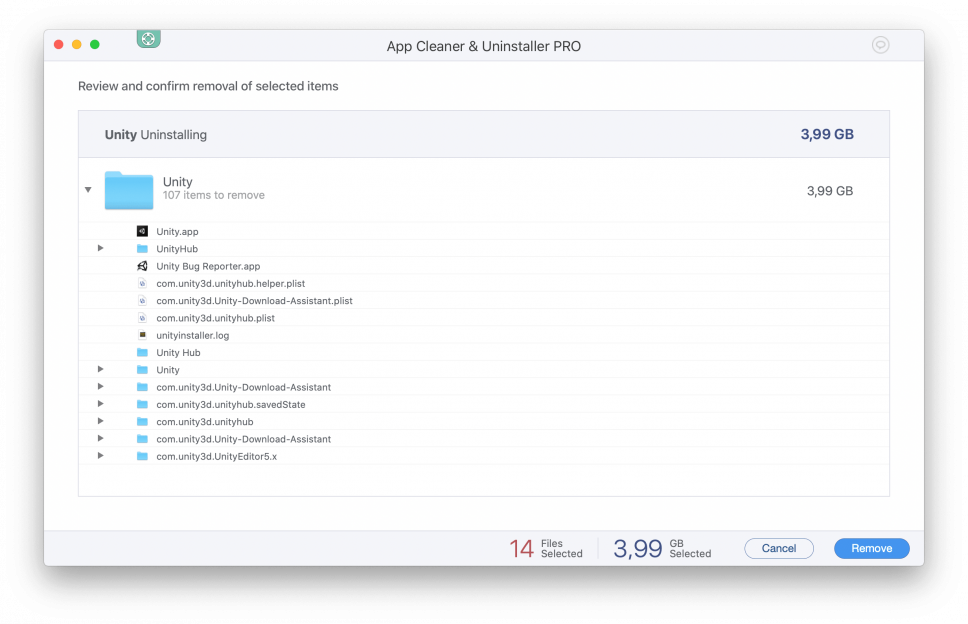
Being a channel through which limited grievances and concessions can be passed.Įach chamber of the legislature consists of a number of legislators who use some form of parliamentary procedure to debate political issues and vote on proposed legislation. Offering a way to recruit new members to the ruling clique. Providing some representation of outside interests. Incorporating opponents into the system. In contrast to democratic systems, legislatures under authoritarianism are used to ensure the stability of the power structure by co-opting potential competing interests within the elites, which they achieve (cap) by: There are several ways in which the legislature can hold the government accountable, including questioning, interpellations, and votes of confidence.įunction in authoritarian regimes The power of the legislature over the government is stronger. For this power to be actually effective, the legislature should be able to amend the budget, have an effective committee system, enough time for consideration, as well as access to relevant background information. The origins of the power of the purse which legislatures typically have in passing or denying government budgets goes back to the European assemblies of nobility which the monarchs would have to consult before raising taxes. 
In Westminster-style legislatures the executive (composed of the cabinet) can essentially pass any laws it wants, as it usually has a majority of legislators behind it, kept in check by the party whip, while committee-based legislatures in continental Europe and those in presidential systems of the Americas have more independence in drafting and amending bills. While legislatures have nominally the sole power to create laws, the substantive extent of this power depends on details of the political system. In contrast, in committee-based legislatures like the United States Congress, deliberation takes place in closed committees. In debating legislatures, like Parliament of the United Kingdom, the floor of the legislature frequently sees lively debate. This activity can take place in two forms. One of the major functions of a legislature is to discuss and debate issues of major importance to society. Collectively: how well the representatives represent the interests of the society as a whole.Substantively: how well representatives actually respond to the needs of their constituents.
 Descriptively: how well the composition of the legislature matches the demographics of the wider society. Symbolically: how the constituents perceive their representatives. Formalistically: how the rules of the legislature ensure representation of constituents. There exist five ways that representation can be achieved in a legislature: The oldest surviving legislature is the Icelandic Althing, founded in 930 CE.ĭemocratic legislatures have six major functions: representation, deliberation, legislation, authorizing expenditure, making governments, and oversight. In the Middle Ages, European monarchs would host assemblies of the nobility, which would later develop into predecessors of modern legislatures.
Descriptively: how well the composition of the legislature matches the demographics of the wider society. Symbolically: how the constituents perceive their representatives. Formalistically: how the rules of the legislature ensure representation of constituents. There exist five ways that representation can be achieved in a legislature: The oldest surviving legislature is the Icelandic Althing, founded in 930 CE.ĭemocratic legislatures have six major functions: representation, deliberation, legislation, authorizing expenditure, making governments, and oversight. In the Middle Ages, European monarchs would host assemblies of the nobility, which would later develop into predecessors of modern legislatures. 
Though the specific roles for each legislature differ by location, they all aim to serve the same purpose of appointing officials to represent their citizens to determine appropriate legislation for the country.Īmong the earliest recognised legislatures was the Athenian Ecclesia.

Parliament (from French parler 'to speak').Estates or States (from old French 'condition' or 'status').The name used to refer to a legislative body varies by country. Map showing the terminology for each country's national legislature








 0 kommentar(er)
0 kommentar(er)
